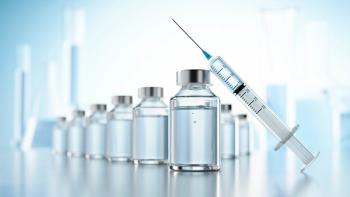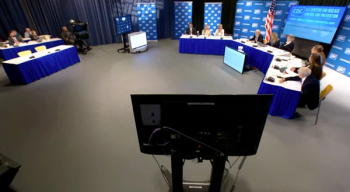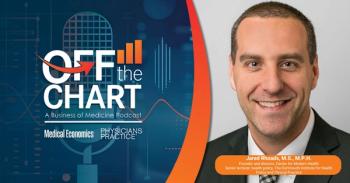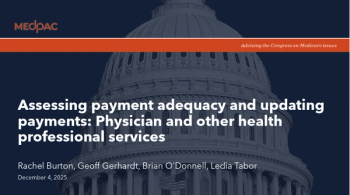
Doctors — and patients — need new antibiotics. But a broken market can't deliver them.
Key Takeaways
- Antimicrobial resistance is a critical global threat, contributing to millions of deaths and significant economic losses annually.
- The current market structure for antimicrobials discourages R&D, leading to a decline in new antibiotic development and increased reliance on broader-spectrum drugs.
Legislative solutions can incentivize research and development for lifesaving antimicrobials.
America's primary care doctors are increasingly encountering bacterial and fungal infections that don't respond to normal treatments. For instance, about
Nationwide, these sorts of antimicrobial-resistant bacteria and fungi — often dubbed "superbugs" — kill tens of thousands of Americans each year. Antibiotic resistance alone plays a role in
The situation is only getting worse. The World Health Organization has already named antimicrobial resistance as one of the
Antibiotics are also
Research shows that
Physicians, and their patients, desperately need innovative drugs to defend against superbugs. But to get them, they'll have to advocate for policy changes that fix the broken market for antimicrobials.
Unlike treatments for chronic diseases — which patients often need to take for years or even decades — antimicrobials are generally taken only for short periods of time. Physicians are rightly taught to practice good antimicrobial
Low usage, though, means low sales for antimicrobial developers under the standard volume-based sales structure for medicines.
Over the last decade, small biotech firms have brought forward several new antibiotics that received FDA approval. But despite supposedly beating the odds — only
Research and development into new
Simply put, this broken market is hindering the development of new, lifesaving antimicrobials. Without reform, clinicians will not have the treatments that they need to fight infections.
Fortunately, there's a solution. Under the bipartisan
By giving biotech companies that predictability — without having to rely on high sales volumes of a cutting-edge new treatment that, medically speaking, ought to be held in reserve for the most severe infections — the legislation would incentivize desperately needed investment into antimicrobial R&D.
This model wouldn't be the first of its kind. The United Kingdom already successfully
In the long run, the legislation would more than pay for itself by ensuring that America, and the entire world, has lifesaving new antimicrobials available. One study found that antibiotic resistance
Doctors see the growing toll that superbugs are taking on patients. Millions of lives, and trillions of dollars in economic activity, depend on our leaders fixing the broken antimicrobial market and incentivizing more R&D. It's the only way to ensure that doctors aren't left defenseless against superbugs today -- and in the coming years.
Newsletter
Stay informed and empowered with Medical Economics enewsletter, delivering expert insights, financial strategies, practice management tips and technology trends — tailored for today’s physicians.















